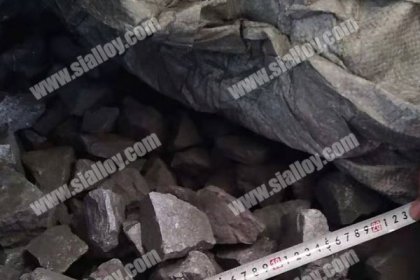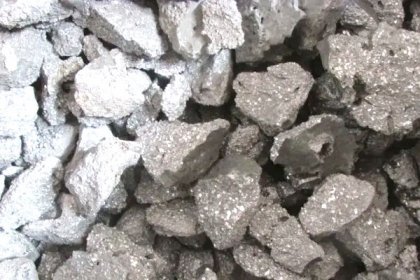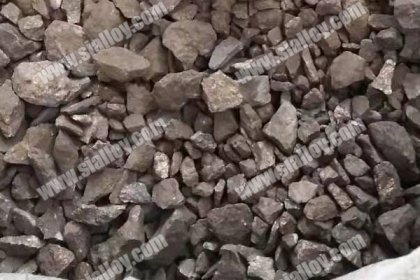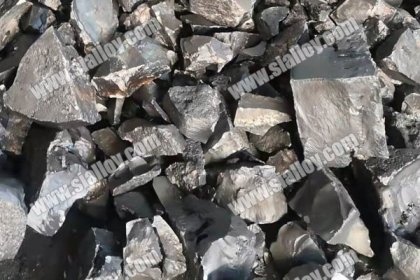microstructure of gray cast iron
The mechanical properties of gray cast iron are determined by the distribution of its matrix structure and flake graphite. The mechanical properties of gray cast iron mainly depend on its matrix structure. In order to obtain high strength, it is hoped that the matrix structure should be mainly pearlite and the ferrite content should be minimized. If the amount of ferrite is too much, not only will the strength of the cast iron be low, but also the tool will overheat during machining, which will significantly reduce the life of the tool. Unlike spheroidal graphite cast iron, gray cast iron cannot have ductility and toughness requirements, only its strength is required, so it is generally better to have a high pearlite content. The graphite flakes in gray cast iron have the effect of cutting the metal matrix, destroying its continuity, and reducing its strength. In terms of strength, it is necessary to avoid producing long and thin graphite flakes and thick graphite flakes. Graphite flakes with obvious directionality have a particularly strong influence. Controlling the distribution of graphite flakes is the key to ensuring the performance of gray cast iron.
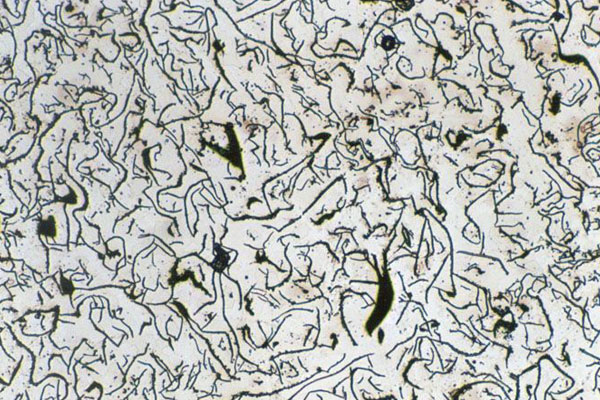
1.Type A graphite is formed when the graphite nucleation ability of cast iron is strong, the cooling rate is low, and the eutectic transformation occurs under the condition of low subcooling. When observed under an optical microscope, graphite is in the shape of a uniformly distributed curved flake with no directionality, and its length varies with the nucleation conditions and cooling rate of the cast iron. High-quality structural castings are expected to have medium-length A-type graphite.
2.Type B graphite looks like a chrysanthemum under an optical microscope. The graphite flakes at the center of the eutectic cluster are relatively small, and the graphite flakes on the periphery are relatively thick. In fact, the center part is D-type graphite, and the periphery is A-type graphite. The nucleation conditions of type B graphite are worse than that of type A graphite, and the degree of supercooling during eutectic transformation is also greater than that of type A graphite. During crystallization, supercooled graphite (D type) is first produced in the center of the eutectic cluster, and the The latent heat of crystallization reduces the surrounding supercooling and forms A-type graphite. For example, the amount of B-type graphite is small, which has little effect on the properties of cast iron, and its existence is allowed under normal circumstances.
3.Type C graphite is mainly found in cast iron with high carbon equivalent (hypereutectic) and slow cooling. There are coarse flakes of primary graphite, and small flakes of graphite. Sometimes there are blocks with sharp corners on some graphite flakes. When the hypereutectic liquid iron is cooled, after passing through the liquidus, the primary graphite is precipitated under a certain degree of supercooling, and it gradually grows up in the liquid phase. Due to the higher crystallization temperature and longer growth time, the formation of coarse flakes with fewer branches. When the temperature is lowered to the eutectic temperature, a normal eutectic transformation occurs. The graphite produced at this time is normal eutectic graphite (type A graphite). The final result is that normal eutectic graphite is distributed between the coarse graphite flakes. . Therefore, type C graphite is composed of coarse, massive graphite and type A graphite. Type C graphite can increase the thermal conductivity of cast iron and improve its resistance to thermal shock, but it has a greater impact on the mechanical properties of cast iron. Normal structural castings should not have this kind of graphite. This kind of graphite can occasionally be seen in hypoeutectic cast iron. For example, when the amount of pig iron lumps in the charge is excessive when smelting with an induction electric furnace, block graphite with sharp corners may appear due to the genetic influence of primary iron; excessive addition of inoculants may cause local silicon enrichment, which will also produce This kind of graphite.
4.Type D graphite is a cast iron with low carbon equivalent and high cooling rate. It is formed between the austenite dendrites under the conditions of large undercooling and developed primary austenite dendrites. The graphite flakes are small and non-directional. Sex. Type D graphite is commonly found in thin-walled gray cast irons with a low carbon equivalent, and is also called'supercooled graphite' or'interdendritic graphite'. When alloying elements are not added, D-type graphite is often accompanied by iron cord body. If the matrix structure is pearlite, the wear resistance of cast iron is better, and finer surface roughness can be obtained after machining.
5.E-type graphite is formed under the conditions of low carbon equivalent and low cooling rate. Due to the large number of primary austenite dendrites, low undercooling during eutectic transformation, not too many graphite cores, and large eutectic clusters, the graphite flakes formed are larger than D-type graphite. Because the cooling is relatively slow, the austenite dendrites are developed. When the eutectic transformation occurs, the liquid phase is mainly between the primary austenite dendrites. The graphite flakes formed grow along the direction of the dendrites and have a certain directionality. The mechanical properties of cast iron have a greater impact, and efforts must be made to avoid them. E-type graphite may appear in cast irons. If the cooling rate is higher, D-type graphite will also be formed. Therefore, D-type graphite and E-type graphite are often seen in high-strength thin-walled iron castings. To produce high-quality gray cast iron parts, all the matrix structure should be pearlite, the graphite should be type A, and the graphite flakes should be evenly distributed in the metal matrix, and the pearlite should also be small and uniform. To minimize the B-type graphite and D-type graphite in the organization as much as possible, there should be no C-type graphite and E-type graphite. For this reason, it is necessary to carry out effective inoculation treatment and control the cooling rate of the casting.
Anyang Huatuo Metallurgy main in the raw materials of gray cast iron for more than 20 years, it can supply SiBa inoculant, FeSiMg spheroidizing agent, recarburizer, etc, if you have any confused please no hesitate to contact us.
 中文
中文
